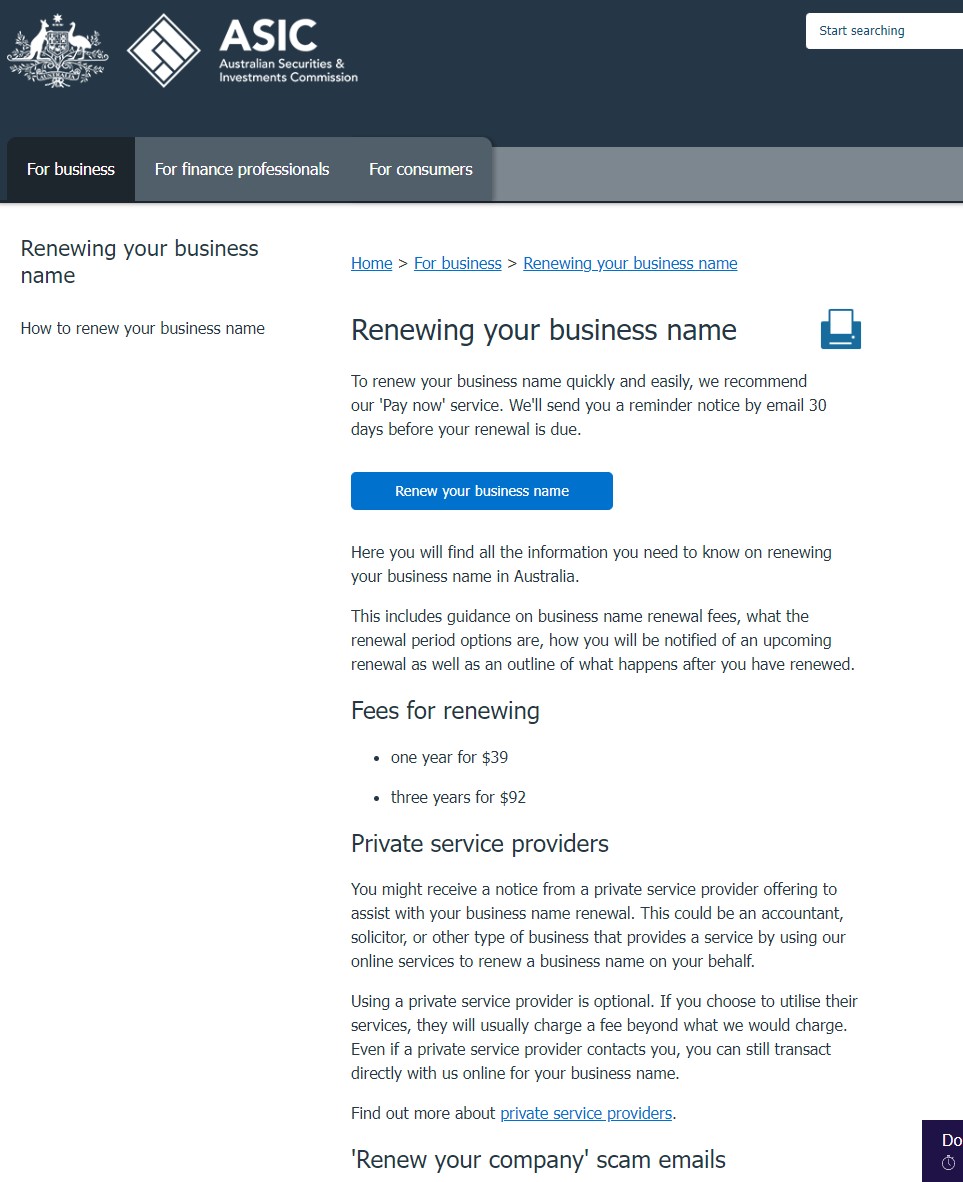Grant Thornton’s recent International Business Report (IBR) research has revealed there is a downturn in overall general business confidence as we enter a new year – dropping 17 per cent from the first half of 2022. The results are in correlation with the ABS reporting the highest inflation rates Australia has seen in many years creating a range of pressures for Australian businesses including increased operating costs with rising wages and electricity prices, and weather conditions impacting supply chain.
Despite low optimism, Australian businesses are looking to implement automation tools to improve efficiency to curb the impacts of inflation, with businesses looking to implement them within their accounting, operations, and IT departments. Nearly 50 per cent of those business units revealed they will use automation tools and incentivise employees to work more efficiently in 2023, with investment in technology up 7 per cent from the first half of 2022.
While we still battle a war on talent with increasing uncertainty of available skilled workers since early 2020, Australian businesses are considering implementing a 4-day working week as part of improving efficiency to slow the impacts of inflation. Australia’s IBR results show 30 per cent of Australian businesses have already implemented the 4-day week to incentivise staff, with another 24 per cent of respondents wanting to implement it as soon as they can.
Despite Australia being slow to adopt this new way of working compared to its international counterparts, there is momentum for a shortened working week locally. Grant Thornton expects automation in technology and the 9-Day fortnight will improve client experience, staff efficiency, and boost the quality of work.
Fraser McNaughton, Grant Thornton CMO & Industry lead said: “In response to rapidly rising interest rates and a looming economic downturn, businesses operating in industries which aren’t perceived as ‘recession-proof ’such as retail, food and beverage, and leisure may be feeling the most pressure. For these businesses, automation is key for navigating uncertain economic times – it should lead to efficiencies, allowing value to be added in other parts of the business when revenue and profit might not be at its highest.
“It is also great to see the IBR results have reinforced our firm’s decision to roll out a 9-day fortnight as it shows finding efficiencies is an important goal for Australian businesses in 2023. Businesses who trust their employees to work smarter and not harder over a shortened working week will succeed in attracting and retaining the best talent in a very challenging job market.
“As a result of the IBR research findings and in response to a potential recession, it is critical Australian businesses look for ways to find efficiencies in their business throughout 2023 – whether that be through automation of current manual processes, fully utilising existing software, or incentivising staff,” continued Fraser McNaughton, CMO & Industry lead.
Grant Thornton International has released information on its Global IBR results here: Global business optimism falls as mid-market prepares for ‘unusual’ recession.
** Research methodology of the Grant Thornton International Business Report
Grant Thornton’s International Business Report (IBR) is a survey of both listed and privately held businesses. Launched in 1992, the IBR now provides insight into the views and expectations of around 10,000 businesses across 28 economies. Questionnaires are translated into local languages and fieldwork is undertaken on a biannual basis, through both online and telephone interviews. The data for this release is from interviews conducted from October to December 2022 with chief executive officers, managing directors, chairperson or other senior executives from all industry sectors.
